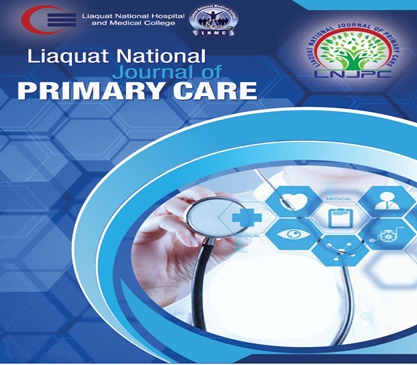Original Article
Assessment of Pregnancy Intention and Its Related Factors among Females Attending the Antenatal Clinic
Abstract
-
Background and Objective:
The intention of pregnancy is considered one of the major factors contributing to the foetal or maternal outcome. An exploration of the magnitude of this problem and its related factors can lead to improved foetal or maternal health. Thus, the objective of this study was to assess pregnancy intention and its related factors among females attending antenatal clinics of tertiary care hospitals.
Methods:
It is a Cross-sectional (analytical) study conducted at the Antenatal clinic, Jinnah Hospital Lahore, within the duration of January-April 2022. Two hundred and fifty(250) pregnant women aged 20 to 39 years were enrolled using non-probability convenience sampling. All the information was noted in a structured questionnaire based on study variables. The collected data was analysed using SPSS version 27.0 and frequency tables were generated. Appropriate test of significance was applied and p-value < 0.05 was taken as statistically significant.
Results:
Among 250 pregnant females, about 195(78%) of the females reported the current pregnancy to be intentional while 55(22%) were unintentional. It was also seen that age and parity were significantly related to the intention of pregnancy p-value<0.05. The main reasons behind unintentional pregnancies were; 28(51%) unaware about contraception, and 20(36.4%) contraception methods had failed.
Conclusions:
Approximately one-fourth of all pregnancies were unintentional which raises a concern regarding contraceptive usage and its effectiveness. The prevalence is high compared to reported by the Pakistan demographic health survey. Health education, advocacy, and health protection measures taken on all levels of health care to increase the use and access to contraceptive services are need of hour to address this unwanted situation of unwanted pregnancies.
- Keywords: Keywords: Intended pregnancy, Unintended pregnancy, health-care, contraceptive,Health protection,parity
Back to All Articles

